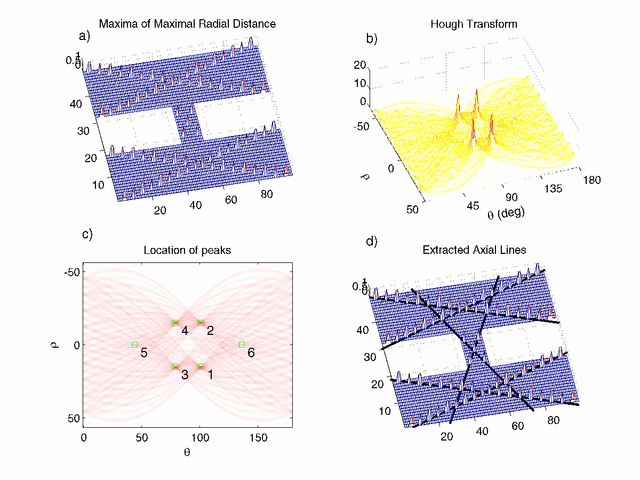Michael Batty
Urban Visual Intelligence: Studying Cities with AI and Street-level Imagery
Jan 02, 2023Abstract:The visual dimension of cities has been a fundamental subject in urban studies, since the pioneering work of scholars such as Sitte, Lynch, Arnheim, and Jacobs. Several decades later, big data and artificial intelligence (AI) are revolutionizing how people move, sense, and interact with cities. This paper reviews the literature on the appearance and function of cities to illustrate how visual information has been used to understand them. A conceptual framework, Urban Visual Intelligence, is introduced to systematically elaborate on how new image data sources and AI techniques are reshaping the way researchers perceive and measure cities, enabling the study of the physical environment and its interactions with socioeconomic environments at various scales. The paper argues that these new approaches enable researchers to revisit the classic urban theories and themes, and potentially help cities create environments that are more in line with human behaviors and aspirations in the digital age.
A rigorous definition of axial lines: ridges on isovist fields
Nov 12, 2003



Abstract:We suggest that 'axial lines' defined by (Hillier and Hanson, 1984) as lines of uninterrupted movement within urban streetscapes or buildings, appear as ridges in isovist fields (Benedikt, 1979). These are formed from the maximum diametric lengths of the individual isovists, sometimes called viewsheds, that make up these fields (Batty and Rana, 2004). We present an image processing technique for the identification of lines from ridges, discuss current strengths and weaknesses of the method, and show how it can be implemented easily and effectively.
 Add to Chrome
Add to Chrome Add to Firefox
Add to Firefox Add to Edge
Add to Edge